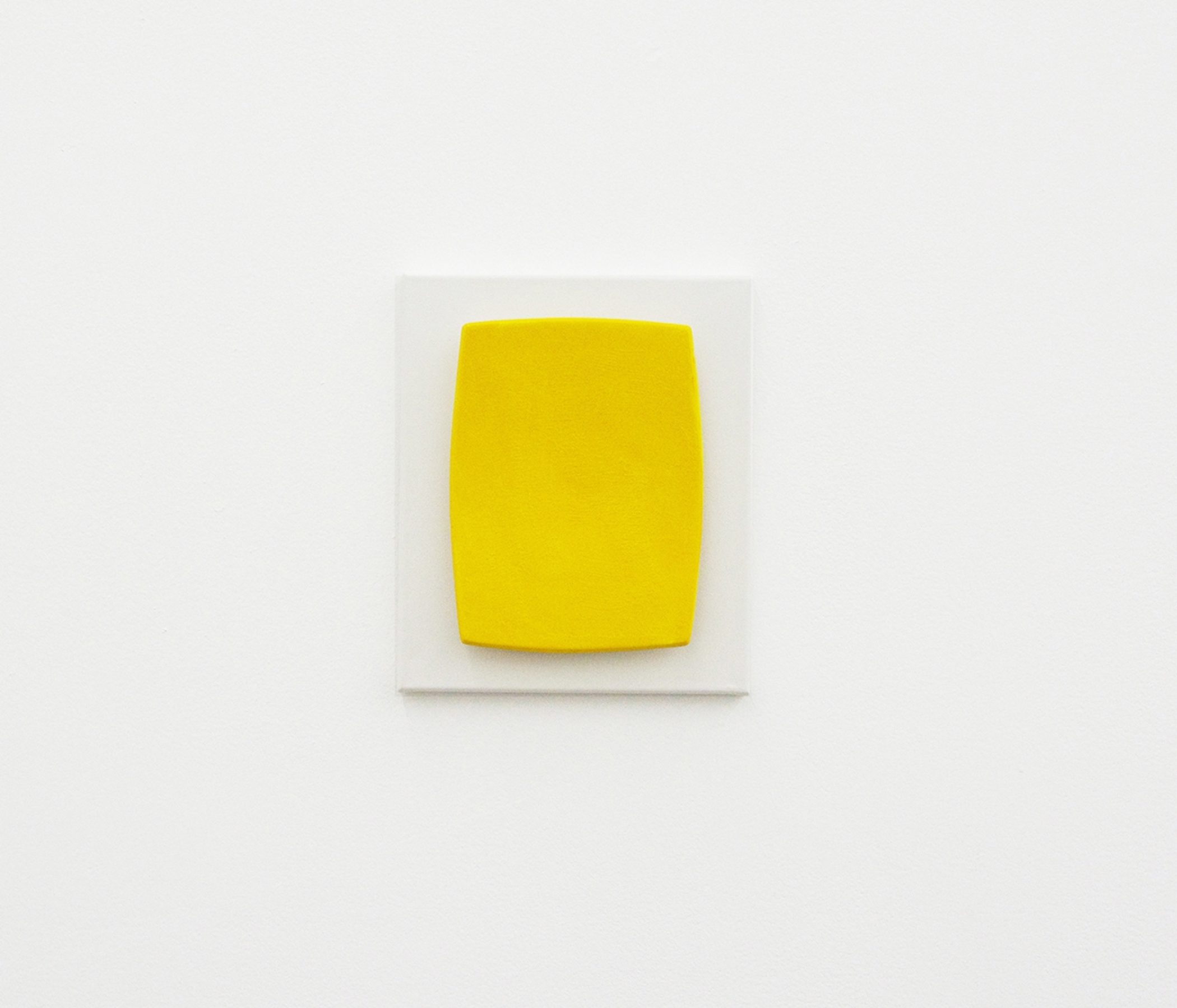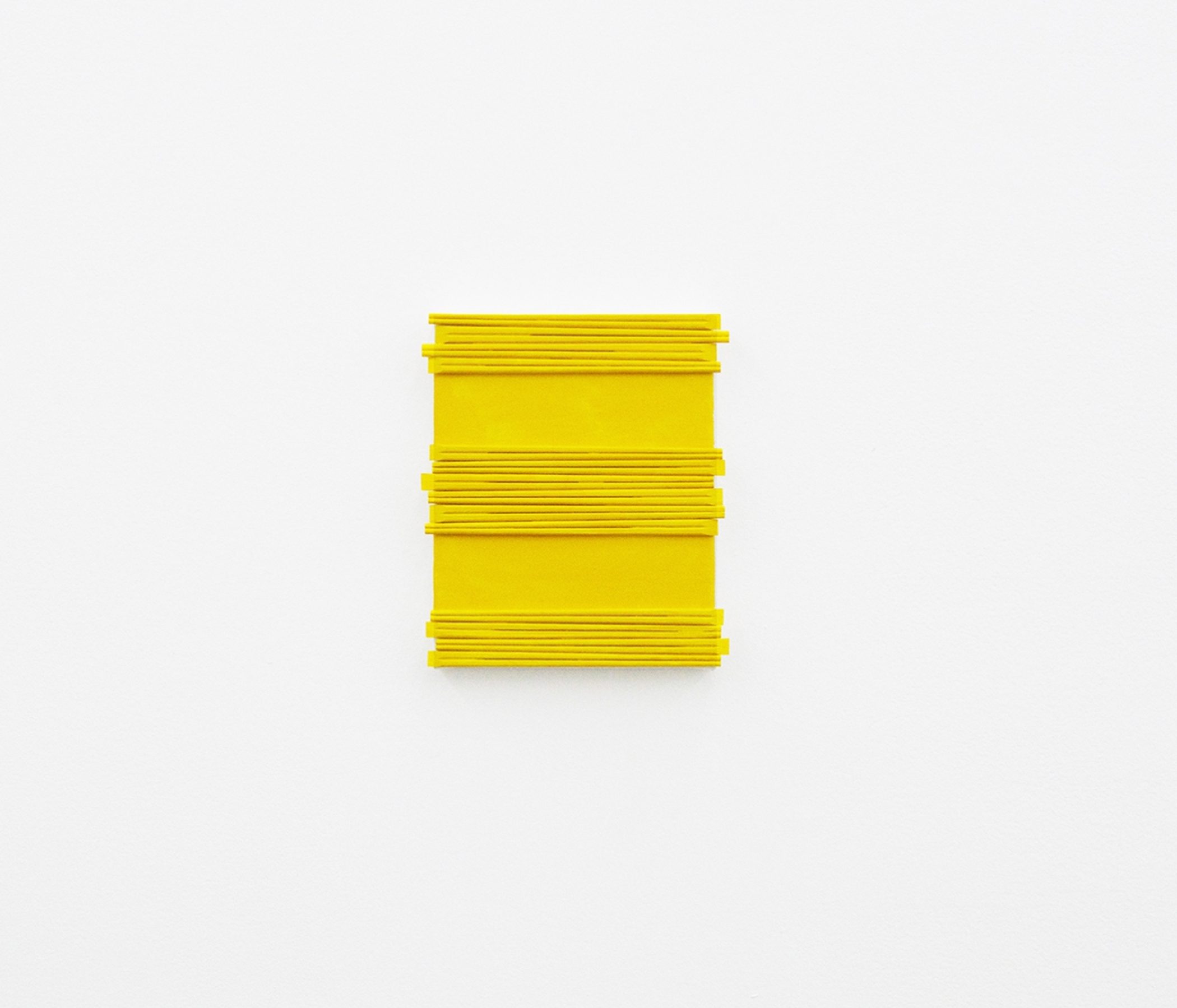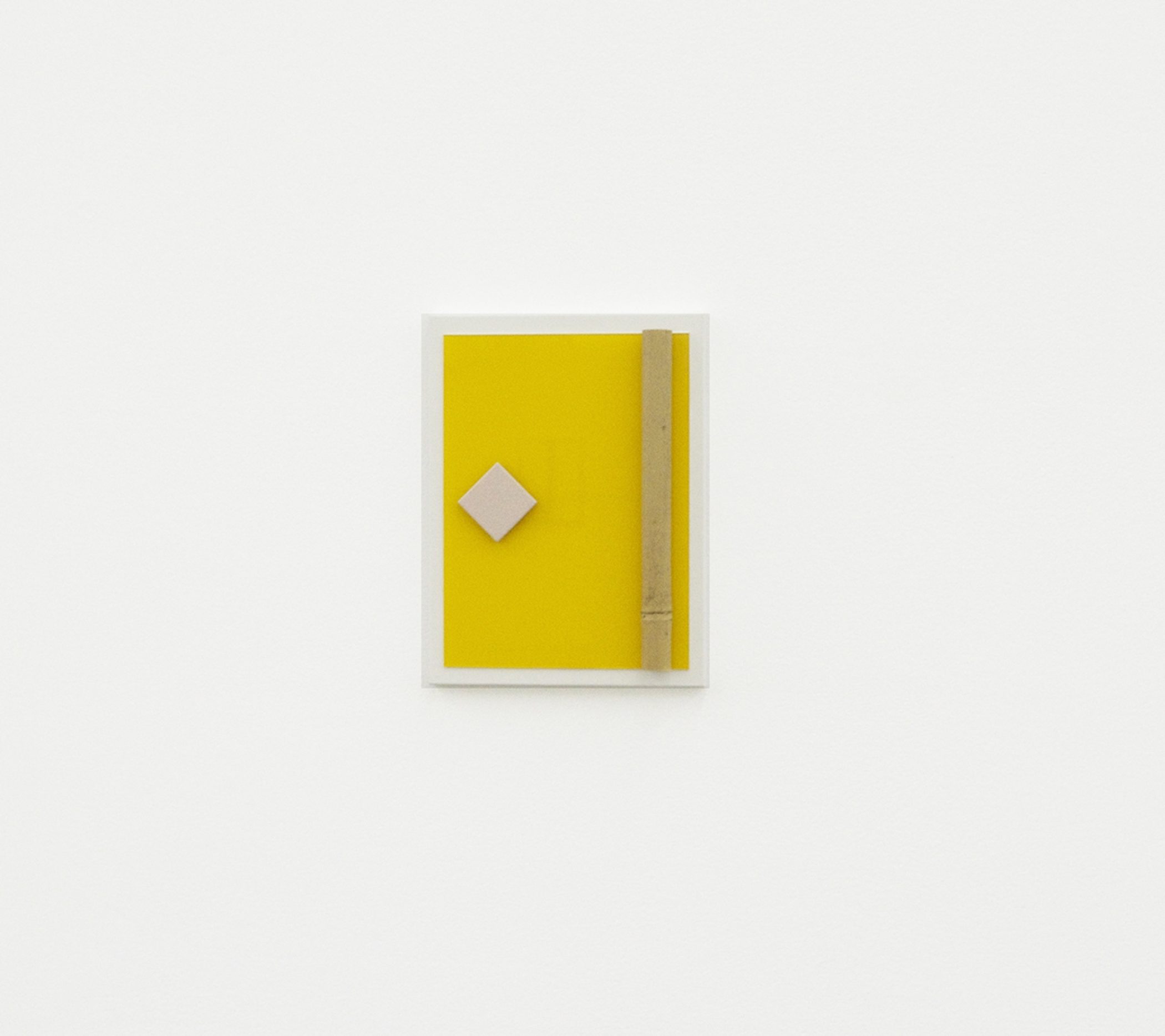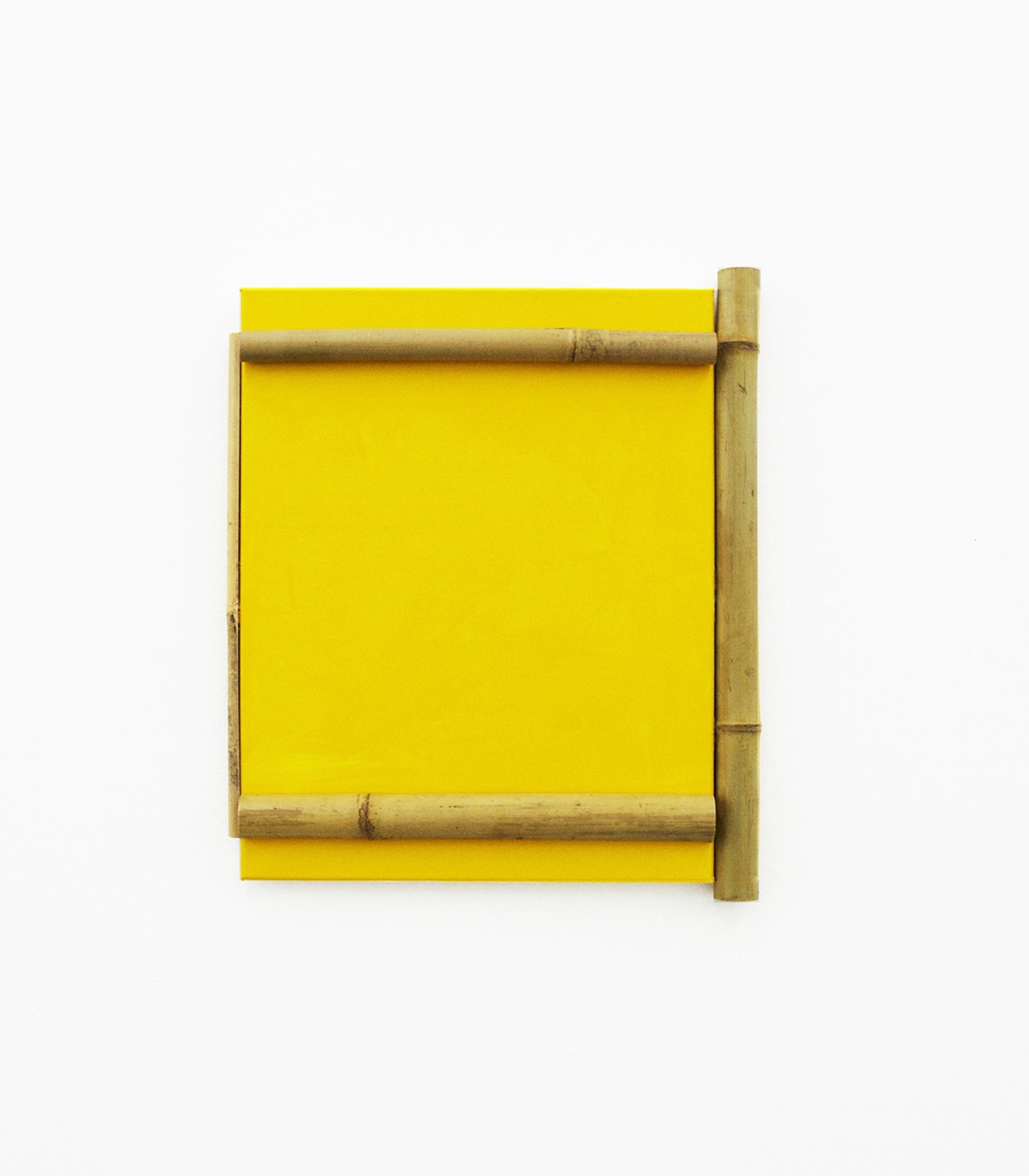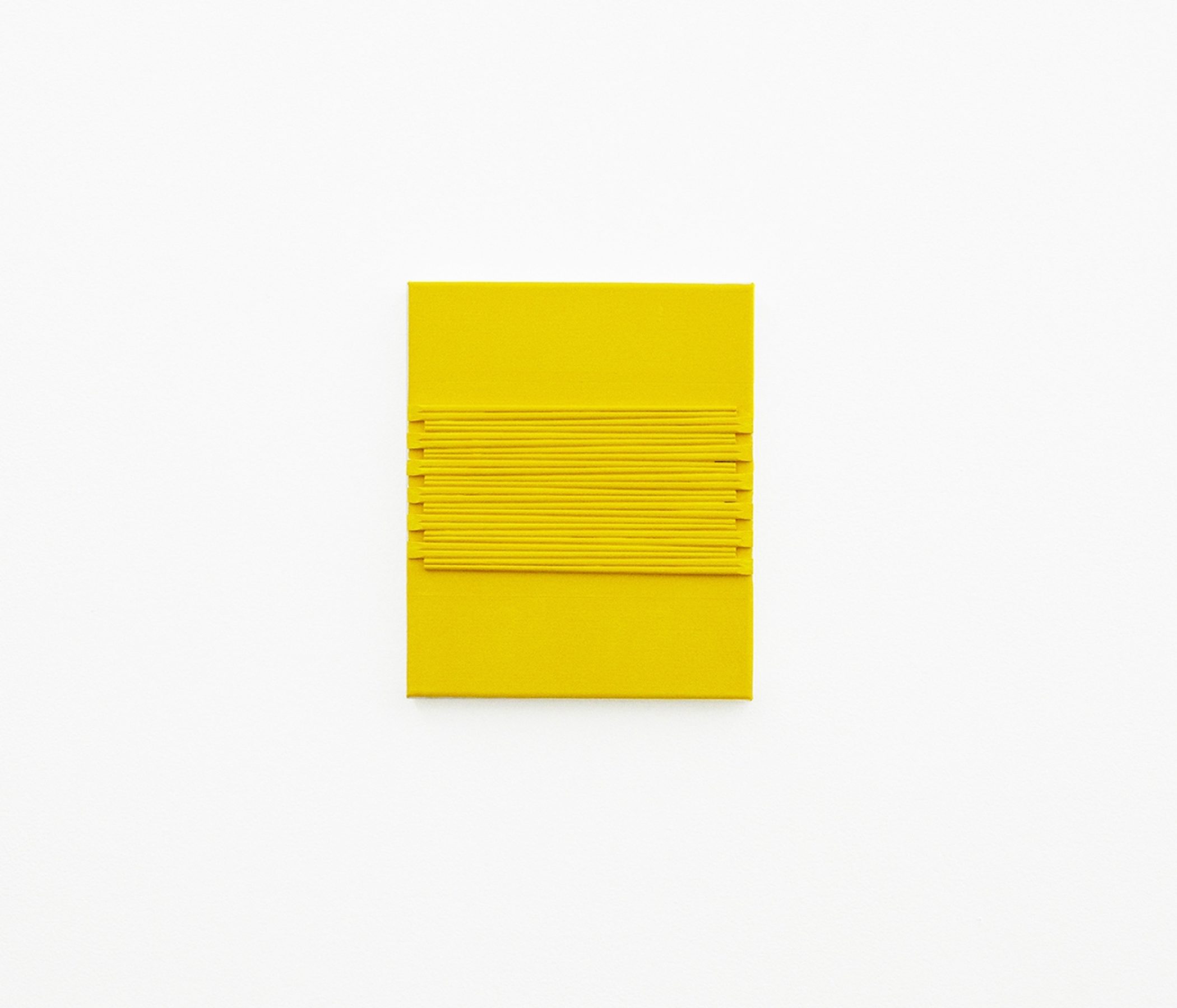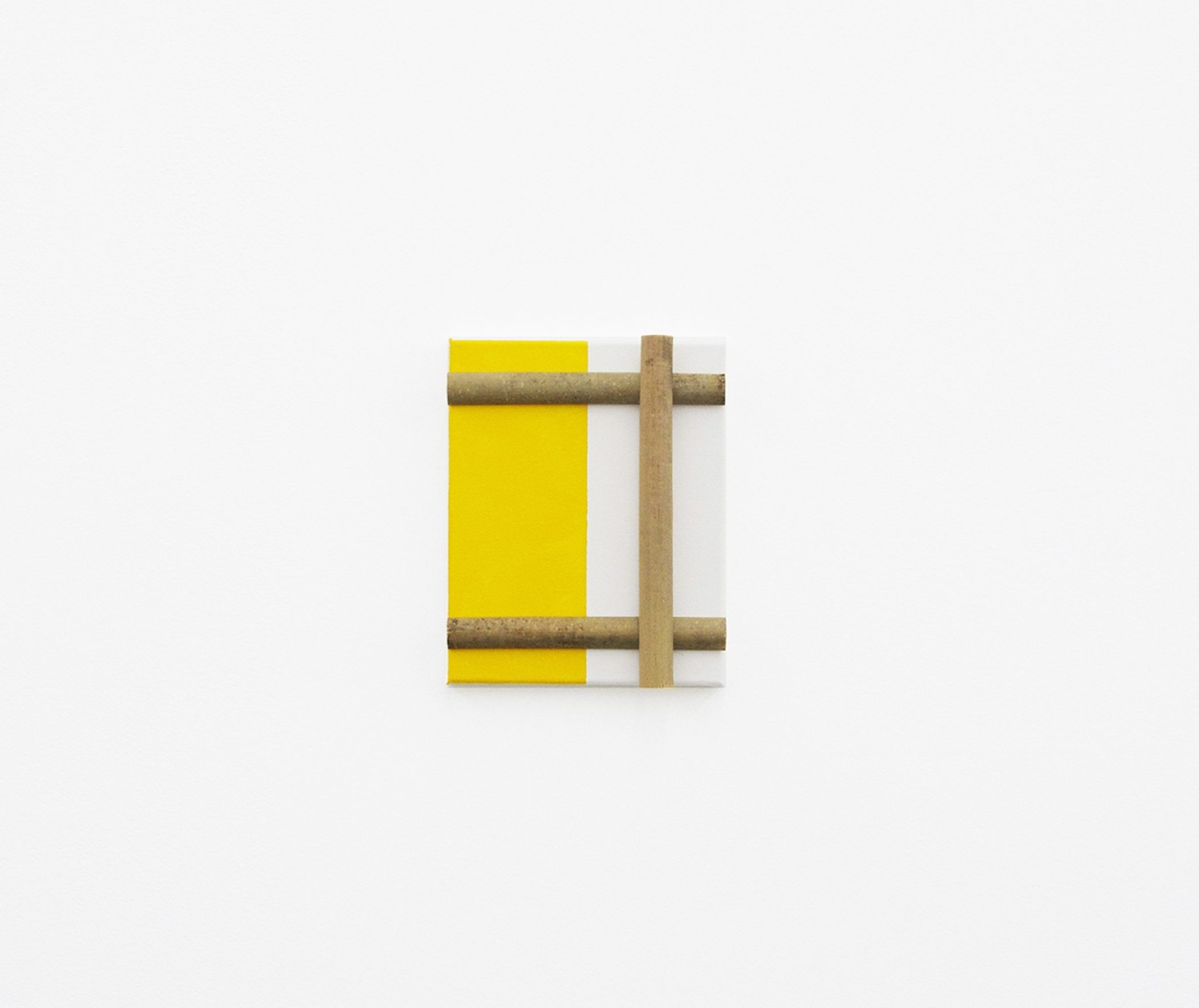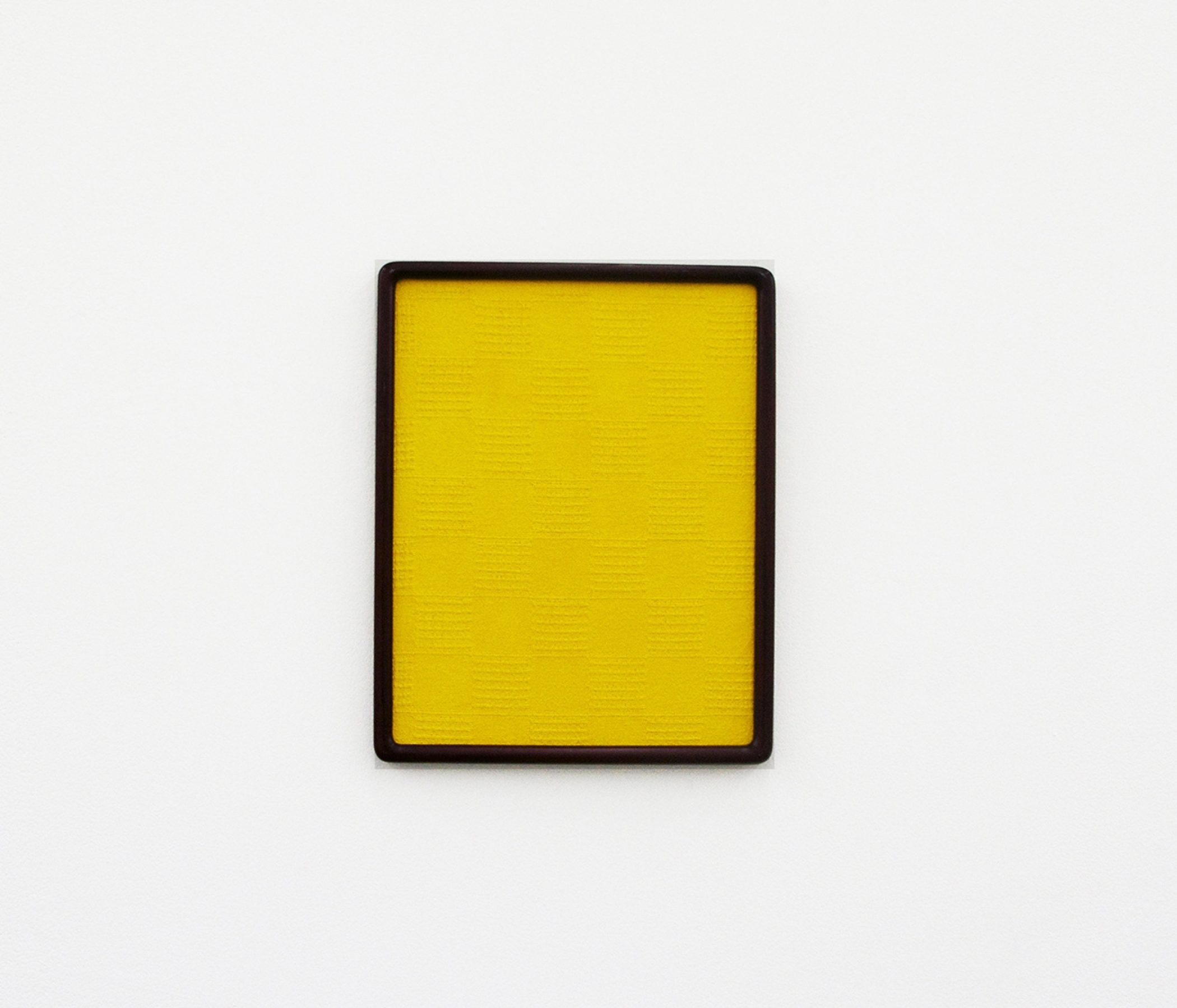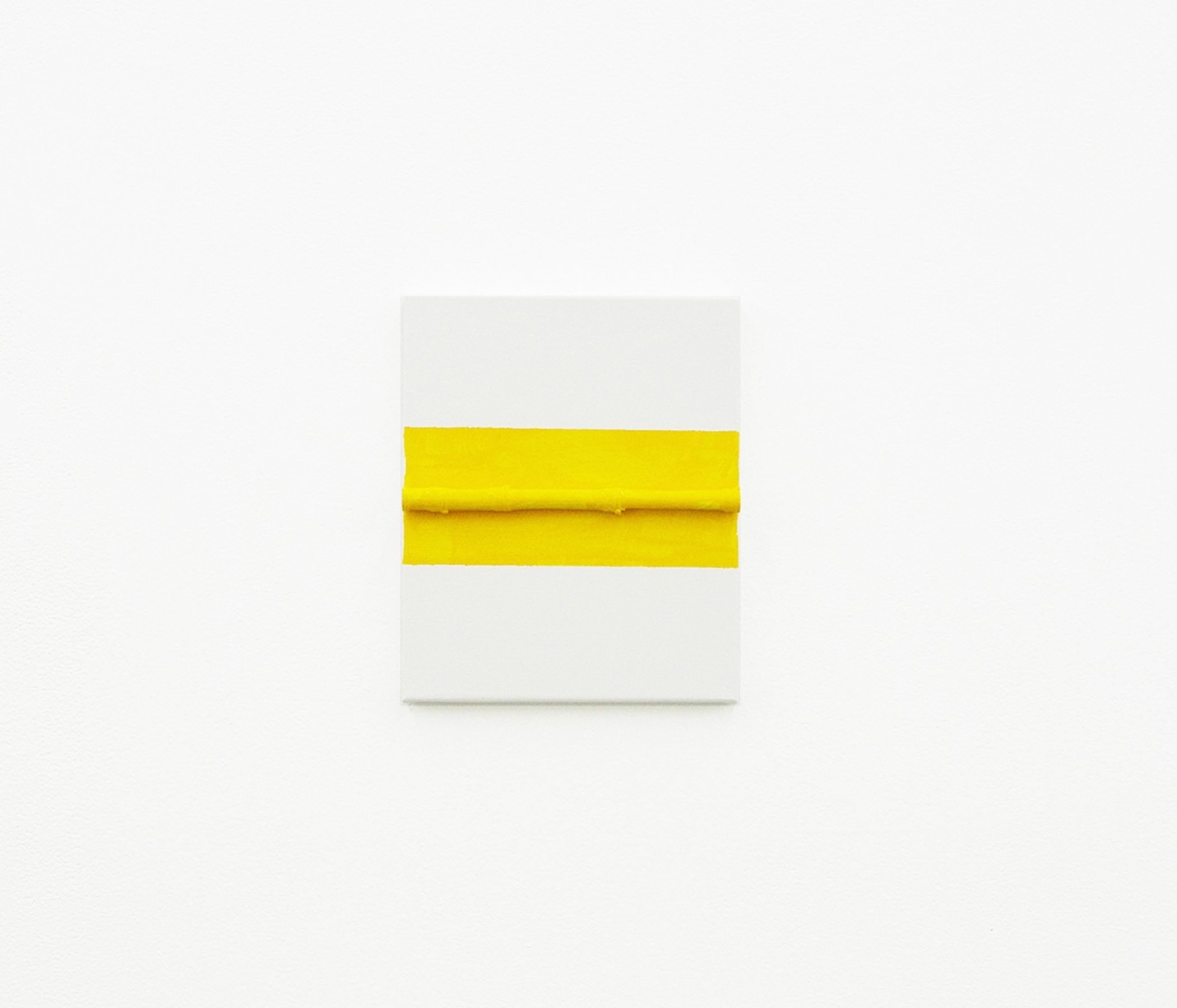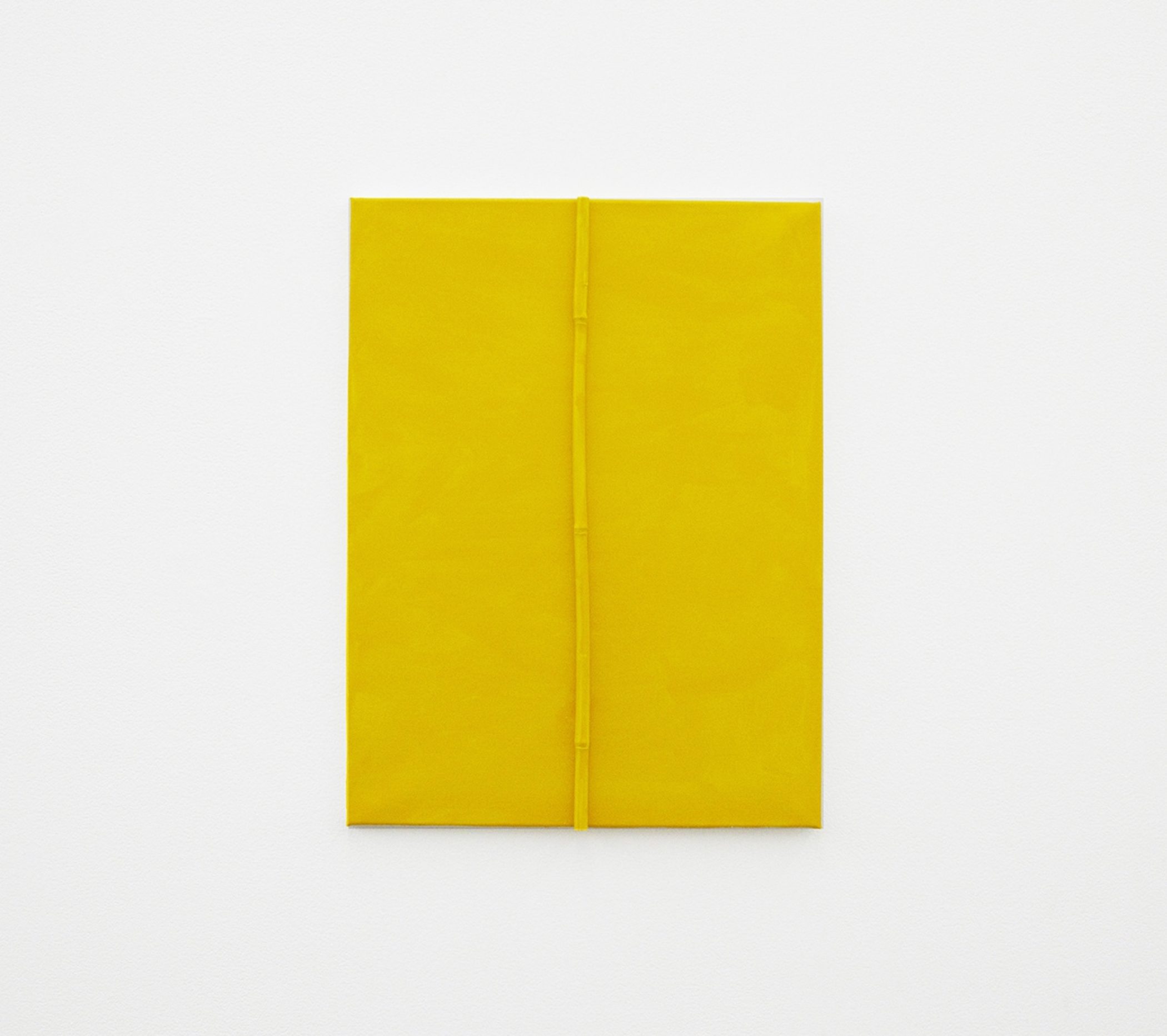John Nixon
Yellow Monochrome (Japan)
1st – 24th September 2016
Anna Schwartz Gallery
In early 2015, I began producing a group of yellow monochromes, which focus on the constituent elements of painting— surface (plane) and frame (line). These works comprise a variety of painted surfaces (hessian/masonite/glass/MDF) combined with a range of styles of wooden frames, the frames being integral to the painting, not added later. The surfaces in these works are yellow, while the frames vary from yellow to black or white.
Soon after, I travelled to Japan with these works at the front of my mind. In Tokyo, I went walking each morning in the gardens of the Meiji Shinto Shrine and noticed instances of plane and line being used in the landscape, such as in the fences and walls made from strapping bamboo poles together. The yellowish colour of the bamboo connected in my mind with the yellow I had been using in my monochrome paintings. I thought to use bamboo as a material to construct both the surface and frame of paintings, continuing the yellow project but being more specific to my experience in Japan. The Japan paintings have thus become a subsection of the ‘Experimental Painting Workshop (EPW)’ yellow paintings.
I visited Kyoto to see the golden and silver pavilions set in beautiful Japanese gardens where I saw bamboo used in the same manner. At the silver pavilion, I noticed short lengths of thick bamboo were joined together on a square plane to cover drain holes in the garden. The scale called to mind that of a small painting and reinforced my interest in doing paintings like this on my return.Travelling to Uno to visit the nearby islands of Naoshima and Teshima, I was struck by the bamboo forest on the hills. On the rural island of Teshima, I went to a beach near Karato Port and washed up on the shore were some bits of full and split bamboo and various pieces of ceramic tile, which I picked up and brought home to Melbourne.
The first of the Japan paintings used varnished bamboo glued to canvas and painted yellow. After that, other items from Japan, ceramic tiles, pottery, chopsticks, bamboo mats and coins were incorporated into the paintings. These are constructed paintings with a strong material basis and working directly with intuition and the materials themselves.
John Nixon, March 2016
Images

John Nixon
Yellow Monochrome (Japan), 2015
Enamel on canvas with bamboo screen
60 x 46 x 2.5 cm
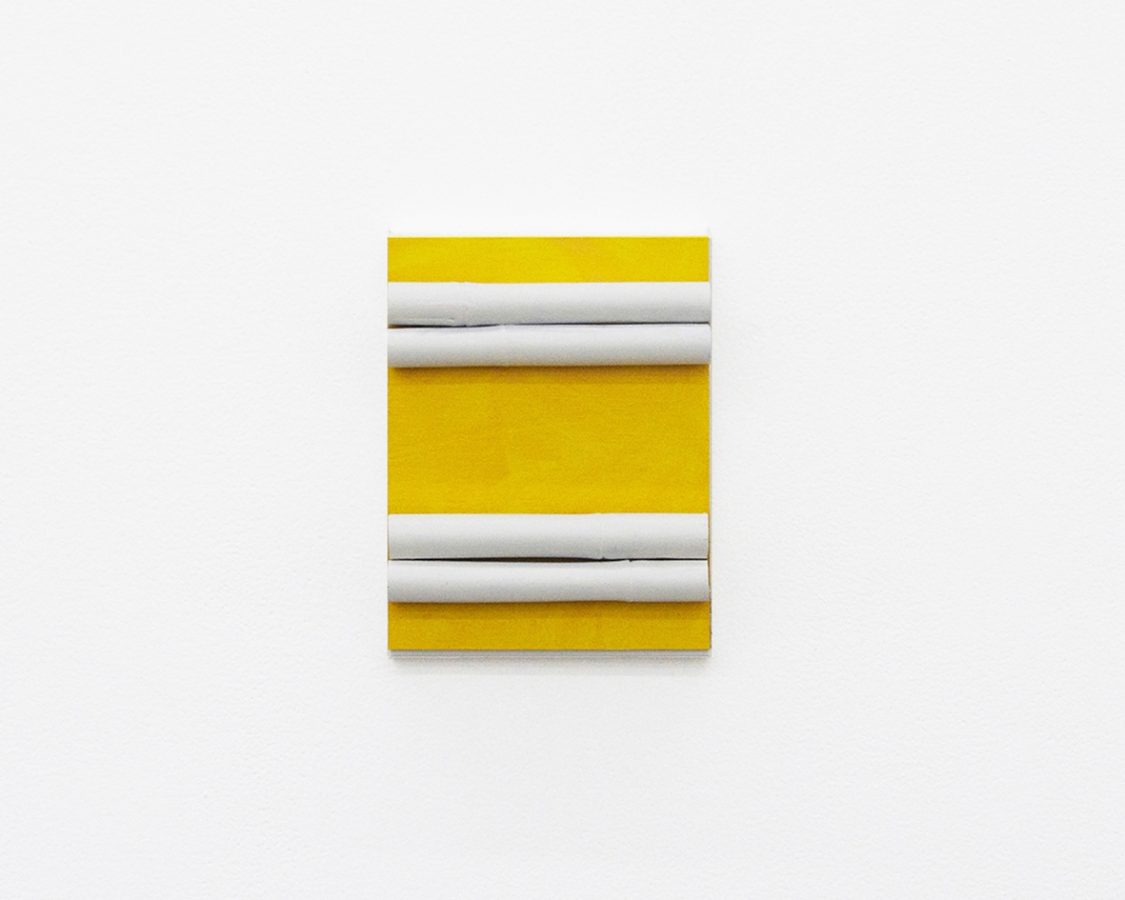
John Nixon
Yellow Monochrome (Japan), 2016
Enamel on canvas with four pieces of bamboo
24 x 18 x 4.5 cm
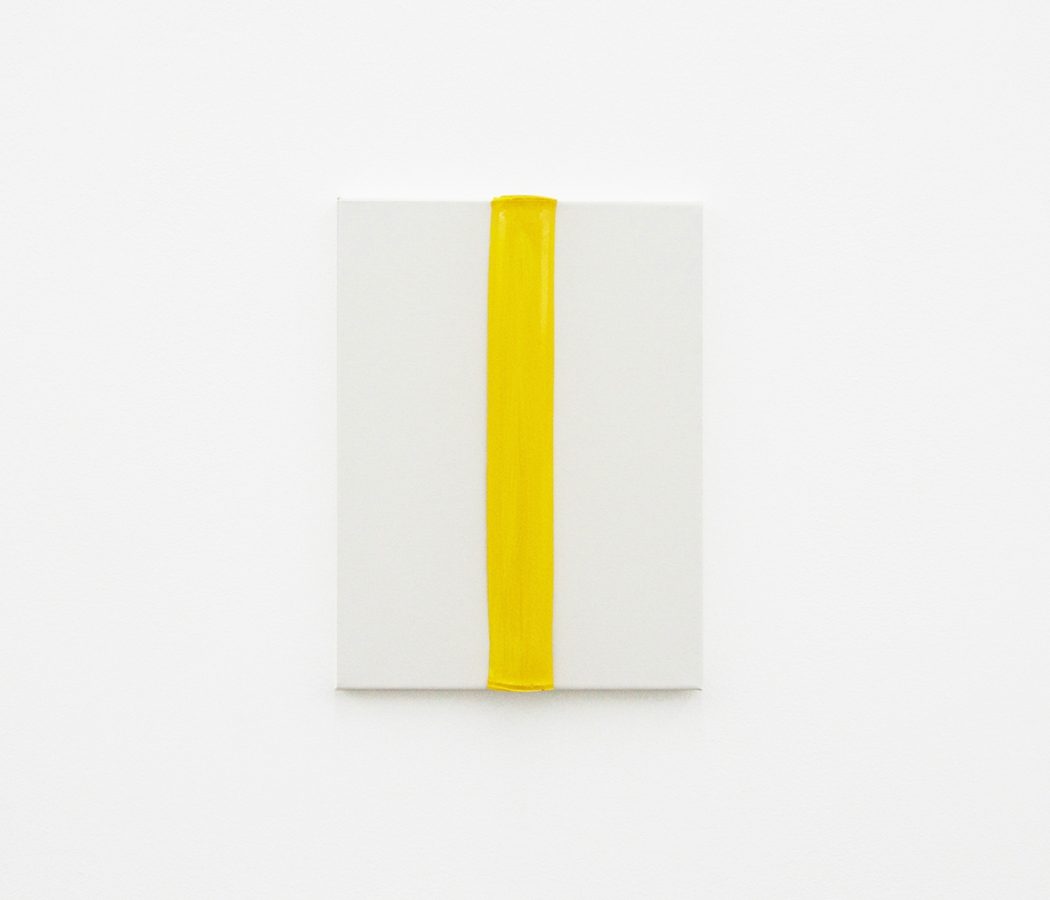
John Nixon
Yellow Monochrome (Japan), 2015
Enamel on canvas with one piece of bamboo
40.5 x 30.5 x 4.5 cm
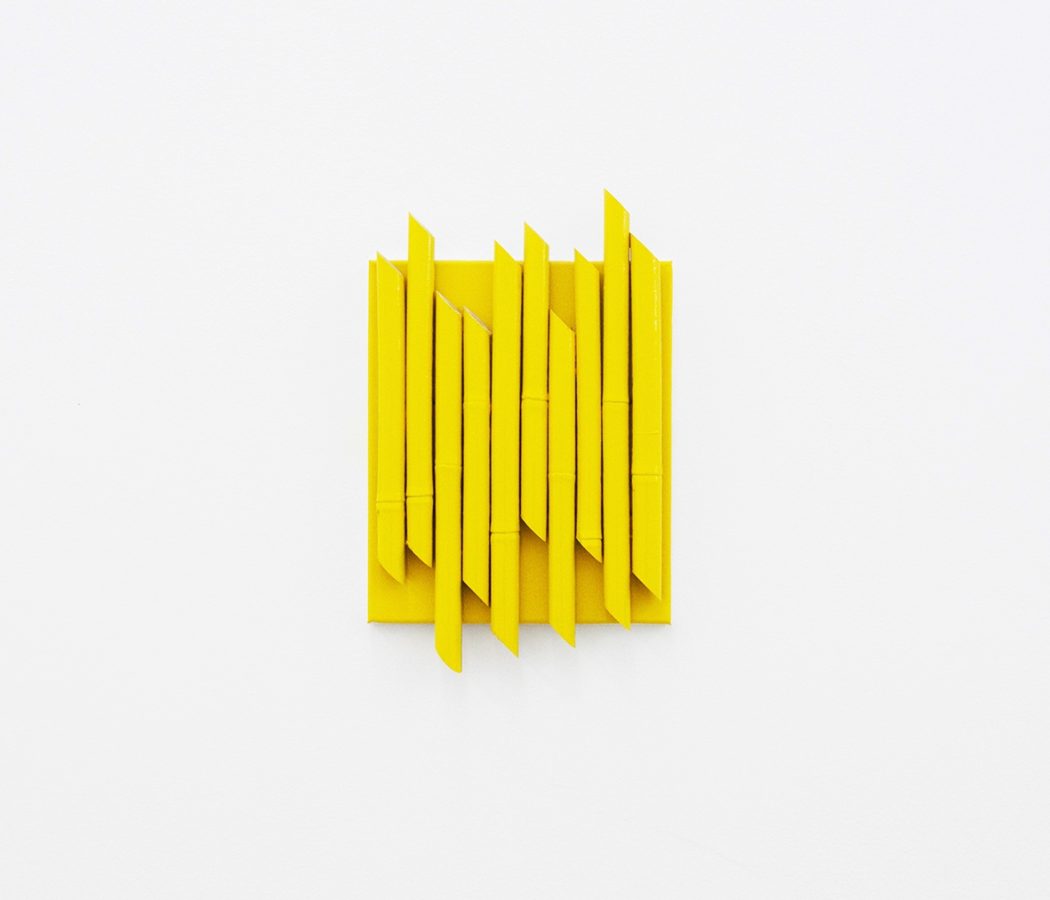
John Nixon
Yellow Monochrome (Japan), 2016
Enamel on canvas with ten pieces of bamboo
39.5 x 25 x 4.5 cm
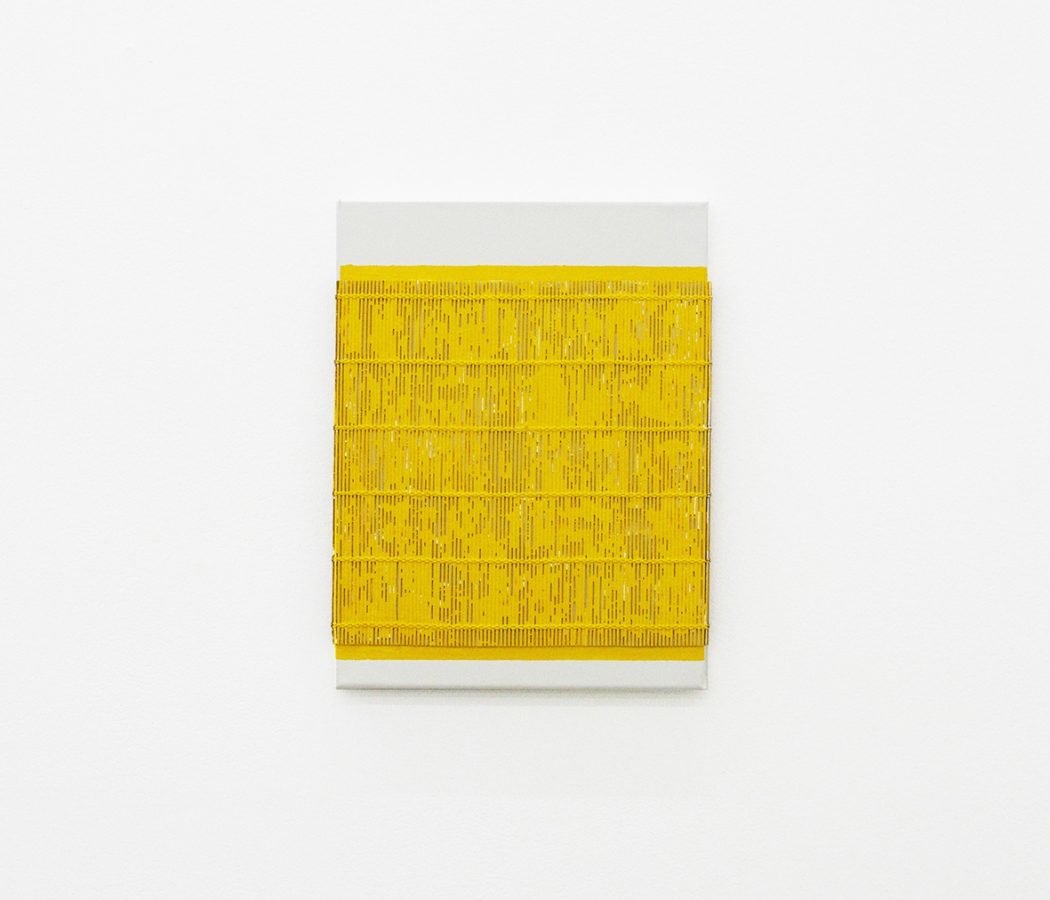
John Nixon
Yellow Monochrome (Japan), 2015
Enamel on canvas with bamboo screen
40.5 x 31 x 2.5 cm

John Nixon
Yellow Monochrome (Japan), 2016
Enamel on canvas with ceramic tray
30.5 x 25.5 x 4.5 cm

John Nixon
Yellow Monochrome (Japan), 2015
Enamel on canvas with fourteen pairs of chopsticks
25.5 x 22 x 2.5 cm
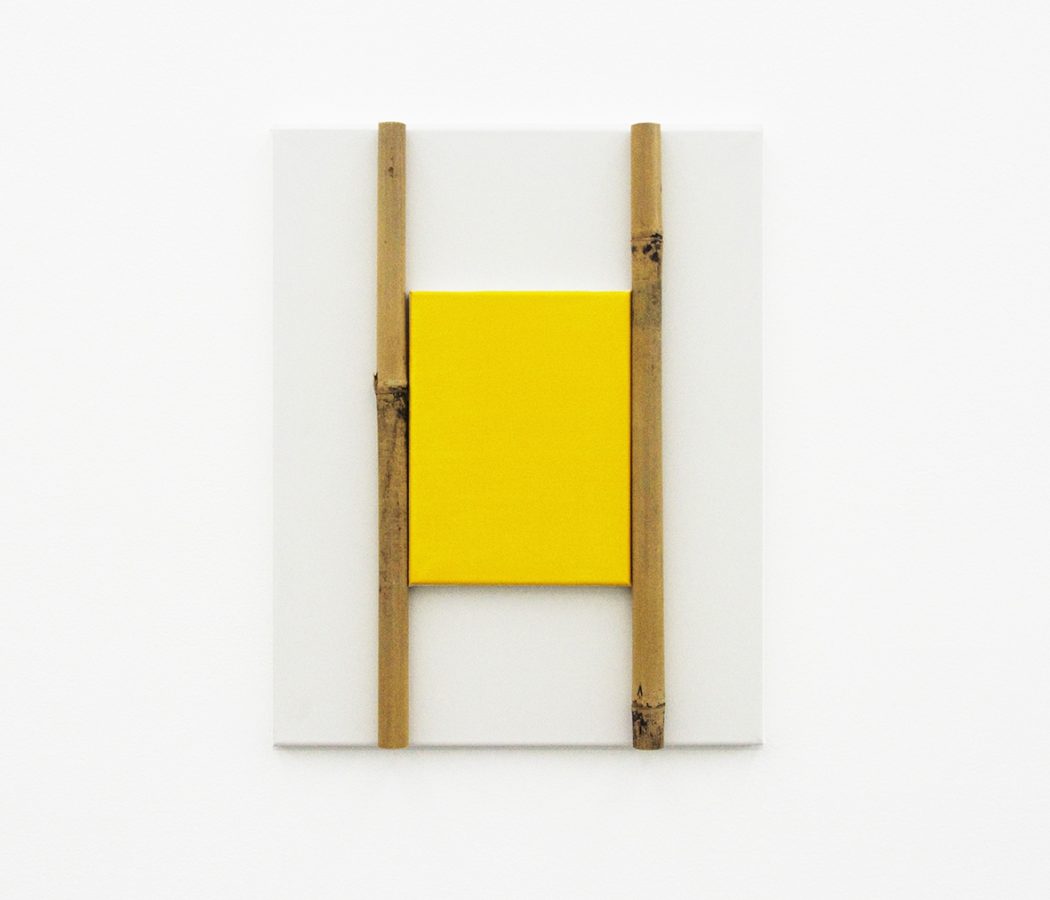
John Nixon
Yellow Monochrome (Japan), 2016
Enamel on two canvas panels with two pieces of bamboo
51 x 41 x 4.5 cm

John Nixon
Yellow Monochrome (Japan), 2016
Enamel on canvas with two pieces of bamboo
75 x 60 x 6 cm

John Nixon
Yellow Monochrome (Japan), 2015
Enamel on canvas and canvasboard with one piece of bamboo and one ceramic tile
30.5 x 23 x 4.5 cm

John Nixon
Yellow Monochrome (Japan), 2015
Enamel on canvas with bamboo frame
54 x 45.5 x 6 cm
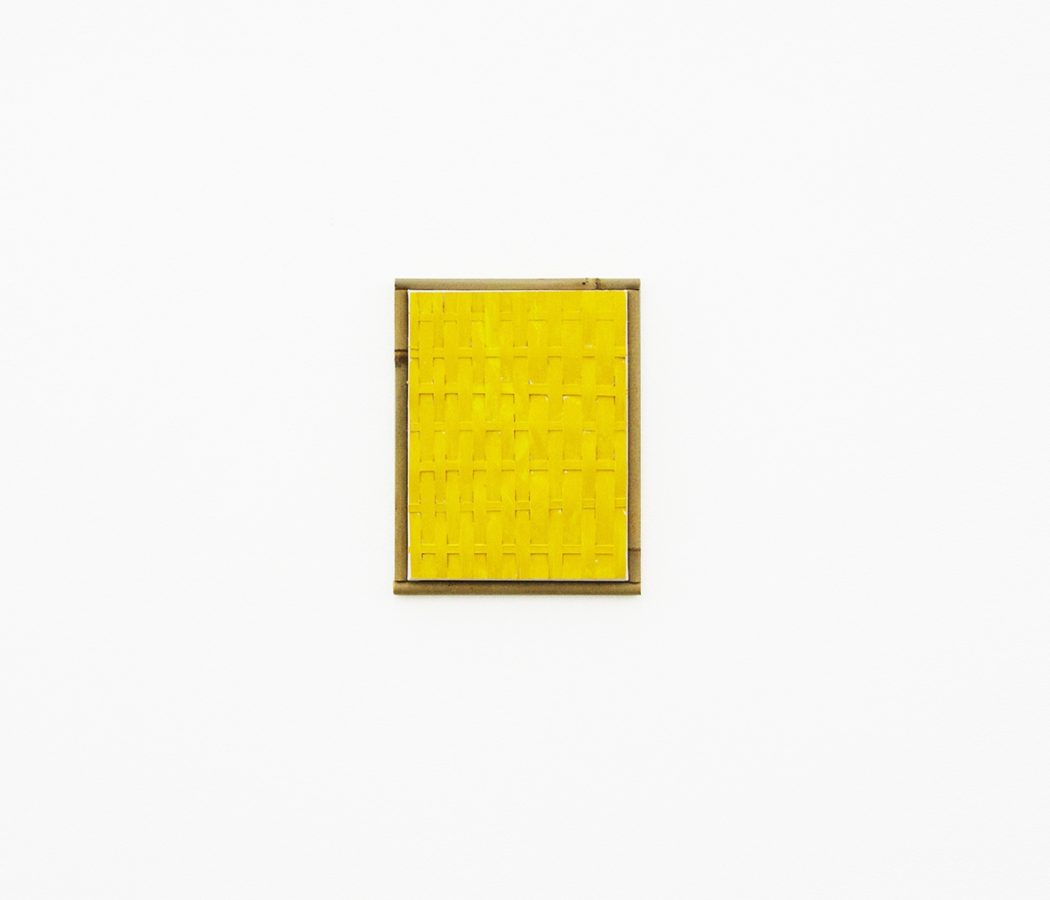
John Nixon
Yellow Monochrome (Japan), 2015
enamel on canvas with woven screen and bamboo frame
26.5 x 20.5 x 2 cm

John Nixon
Yellow Monochrome (Japan), 2015
Enamel on canvas with one piece of bamboo
40.5 x 30.5 x 3.5 cm

John Nixon
Yellow Monochrome (Japan), 2015
enamel on canvas with bamboo frame
51 x 30.5 x 4.5 cm
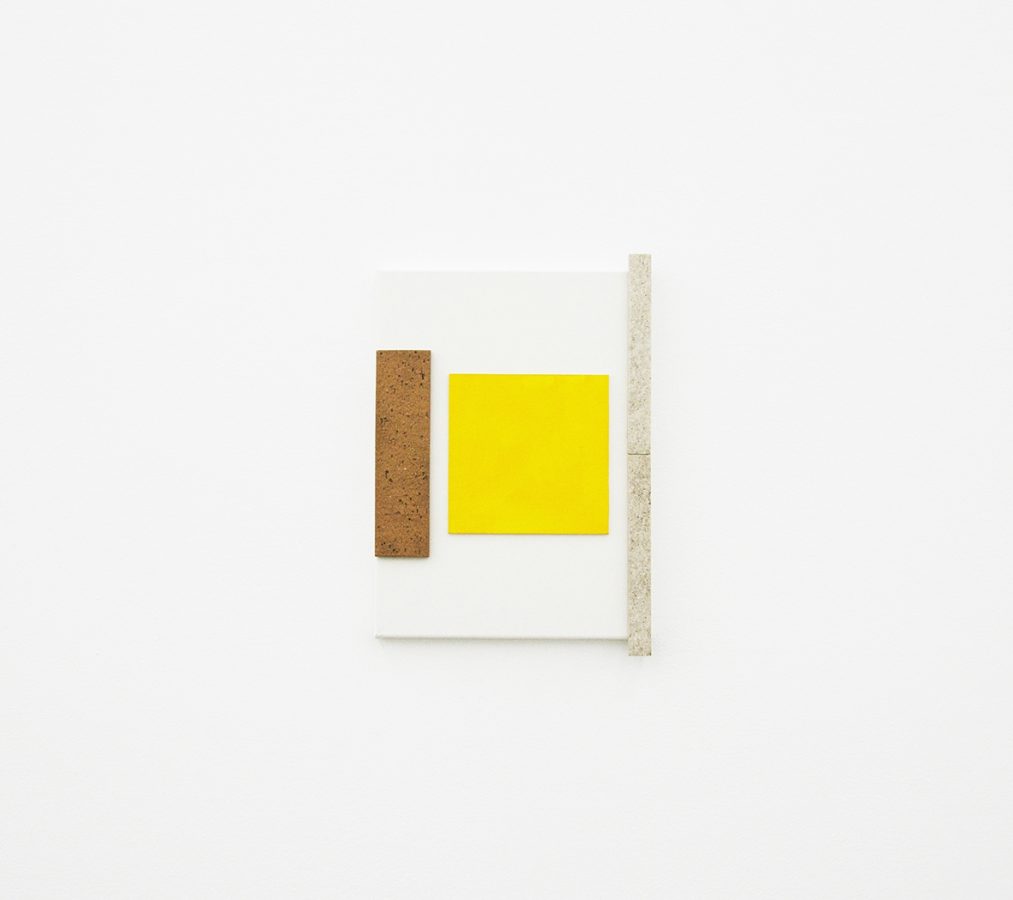
John Nixon
Yellow Monochrome (Japan), 2015
Enamel on canvas and canvasboard with three ceramic tiles
44 x 30.5 x 2.5 cm
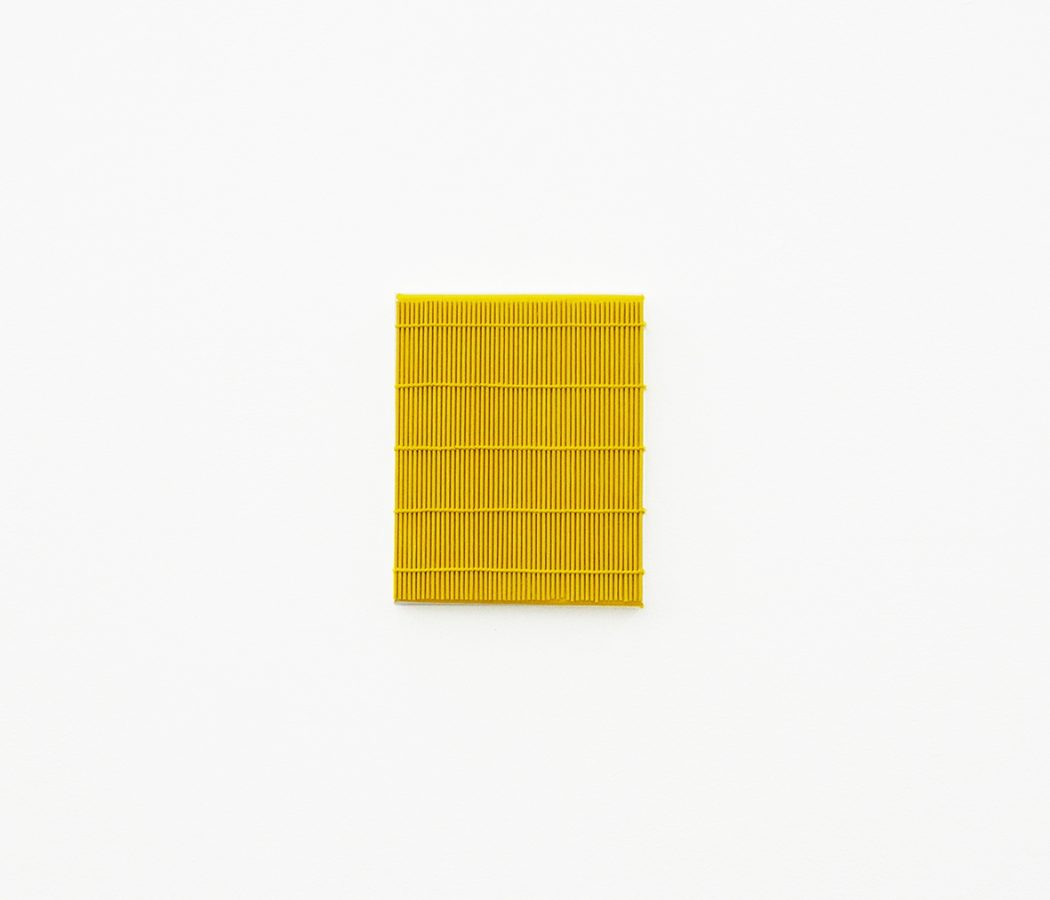
John Nixon
Yellow Monochrome (Japan), 2015
Enamel on canvas with bamboo screen
25.5 x 20.5 x 2.5 cm
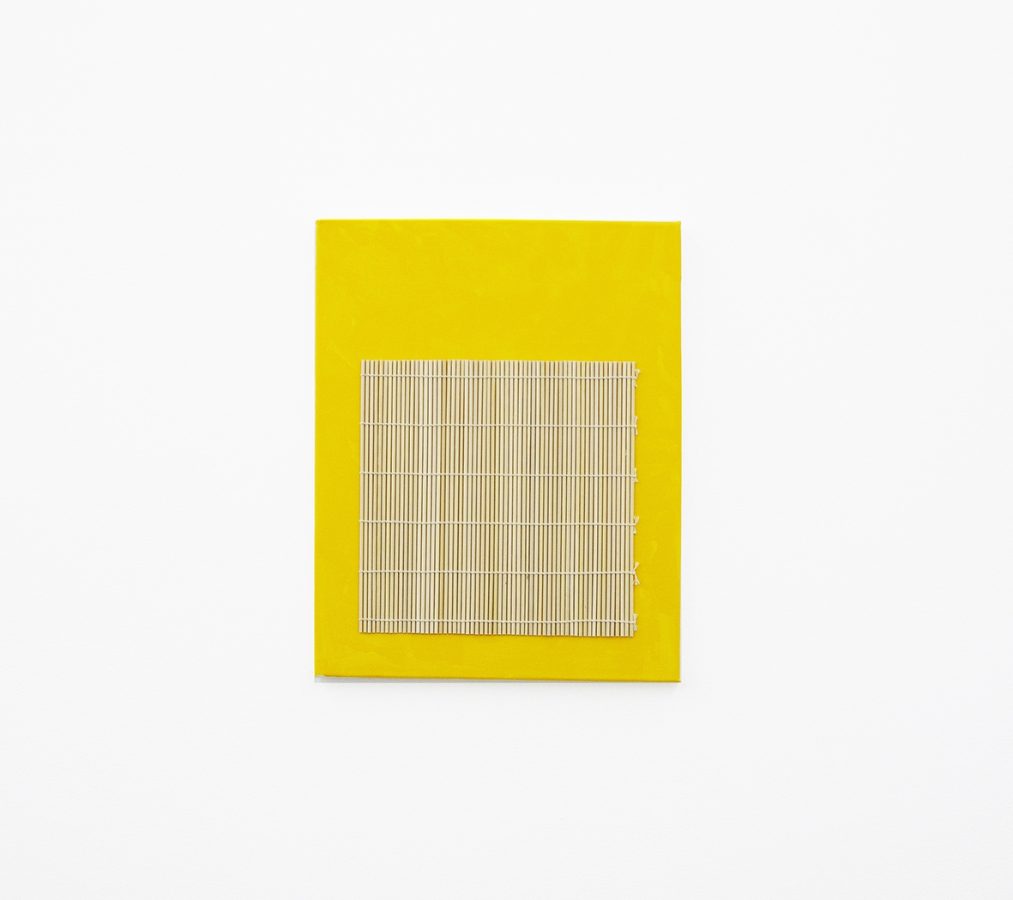
John Nixon
Yellow Monochrome (Japan), 2015
Enamel on canvas with bamboo screen
51 x 40.5 x 2.5 cm
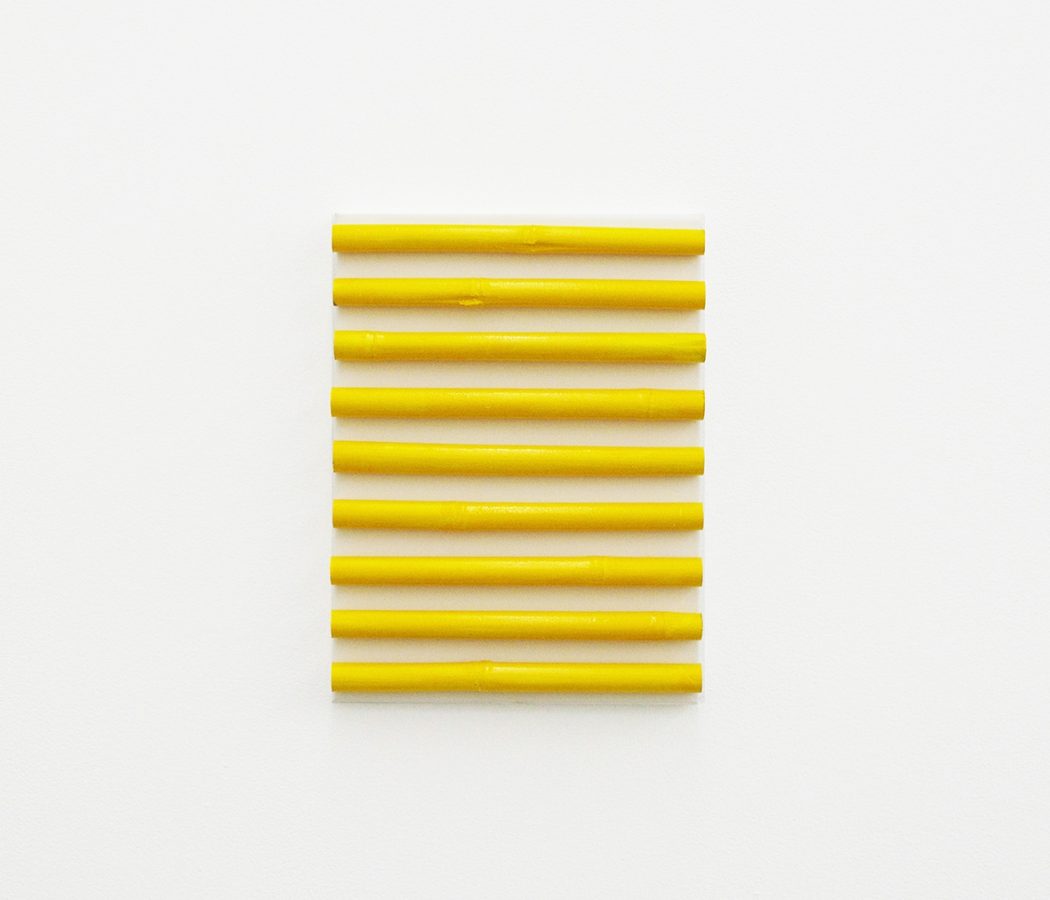
John Nixon
Yellow Monochrome (Japan), 2016
Enamel on canvas with nine pieces of bamboo
41 x 30.5 x 4.5 cm

John Nixon
Yellow Monochrome (Japan), 2015
Enamel on canvas with twelve pairs of chopsticks
31 x 25.5 x 2.5 cm

John Nixon
Yellow Monochrome (Japan), 2016
Enamel on canvas with three pieces of bamboo
25 x 20 x 4 cm

John Nixon
Yellow Monochrome (Japan), 2015
Enamel on canvas with one piece of bamboo
75 x 60 x 5 cm

John Nixon
Yellow Monochrome (Japan), 2016
Enamel on canvas with woven screen and bamboo frame
41 x 30.5 x 3.5 cm
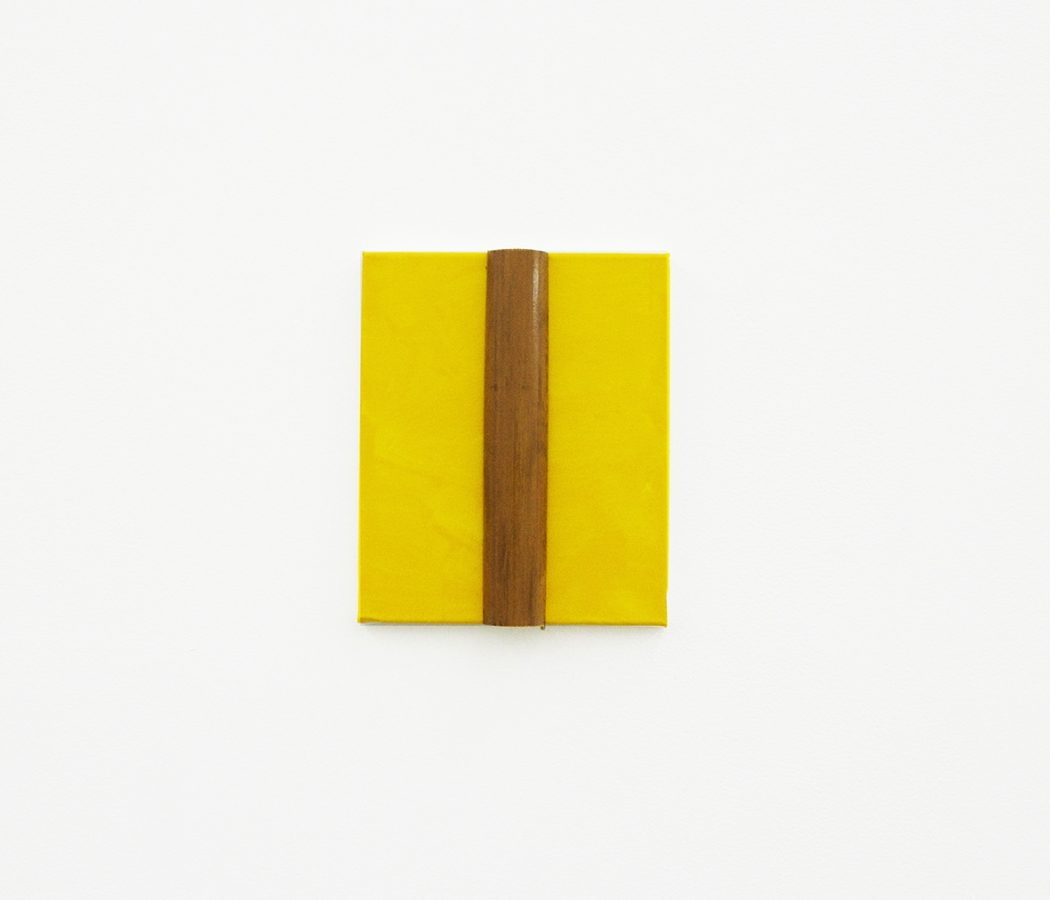
John Nixon
Yellow Monochrome (Japan), 2015
Enamel on canvas with one piece of bamboo
30.5 x 25.5 x 4 cm
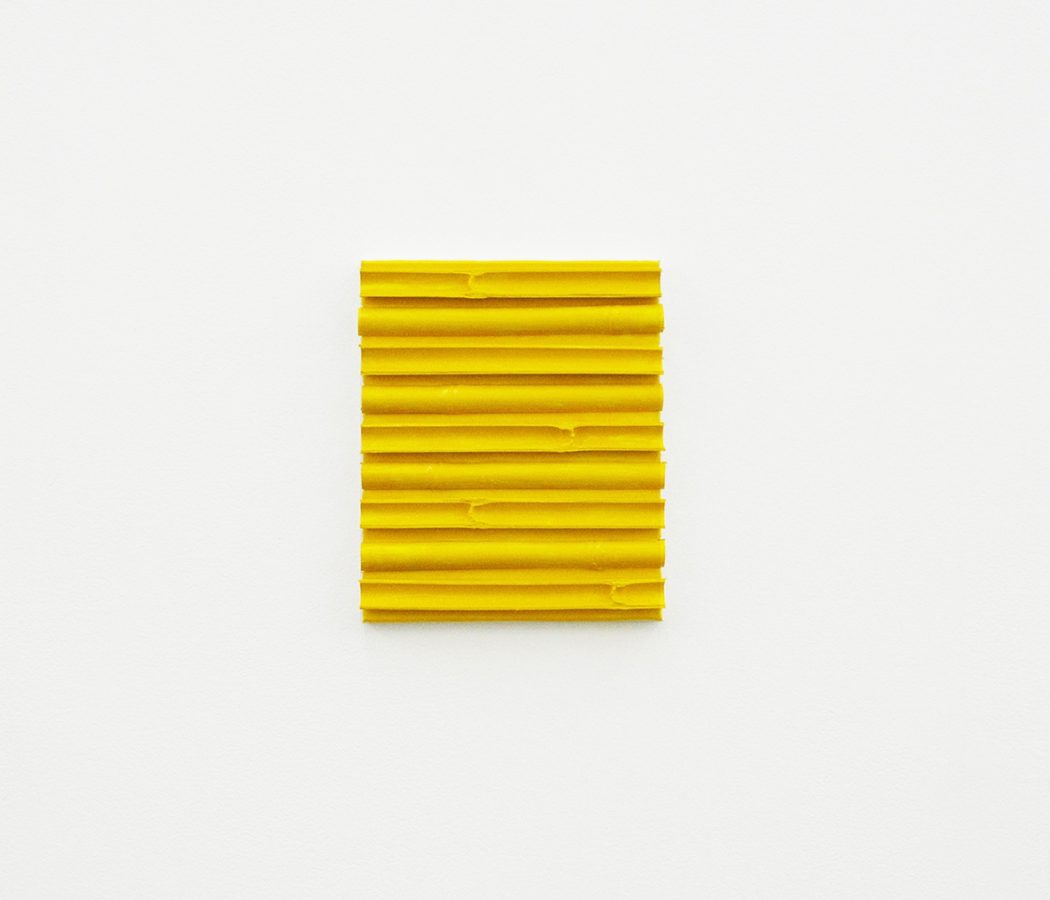
John Nixon
Yellow Monochrome (Japan), 2015
Enamel on canvas with nine pieces of bamboo
30 x 25 x 3 cm
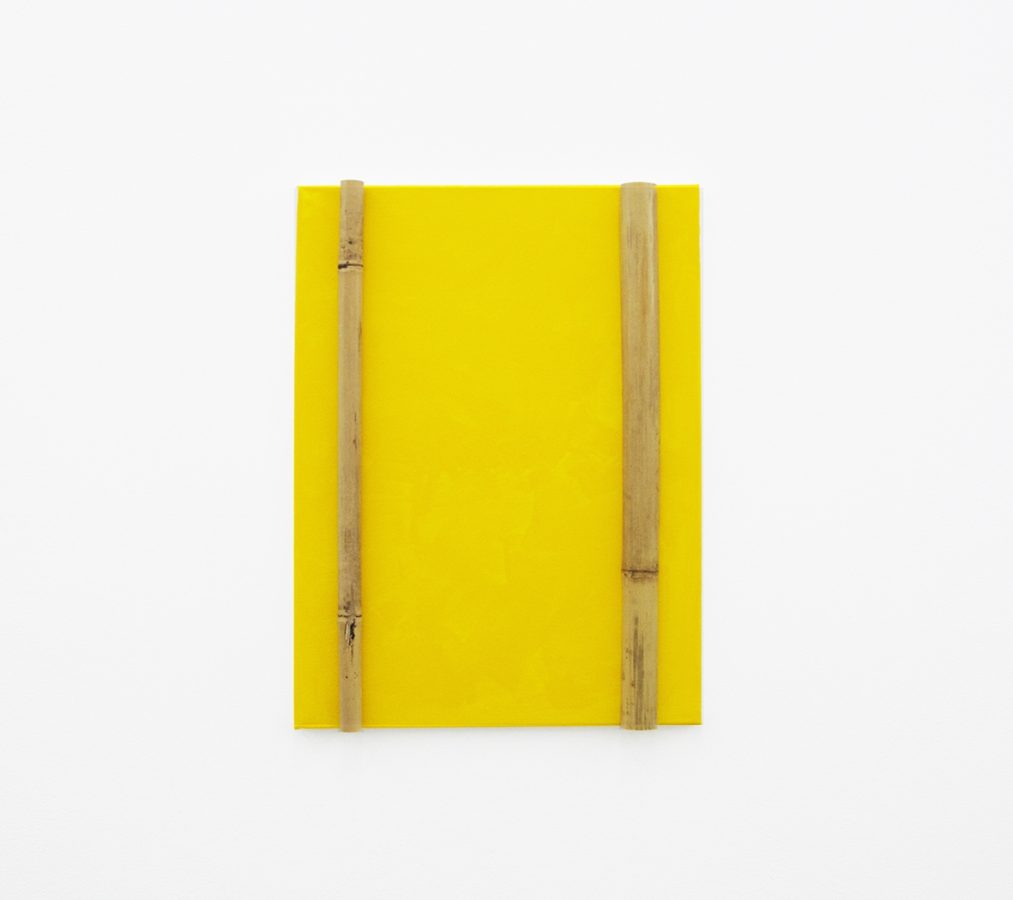
John Nixon
Yellow Monochrome (Japan), 2015
Enamel on canvas with two pieces of bamboo
60 x 45 x 4.5 cm
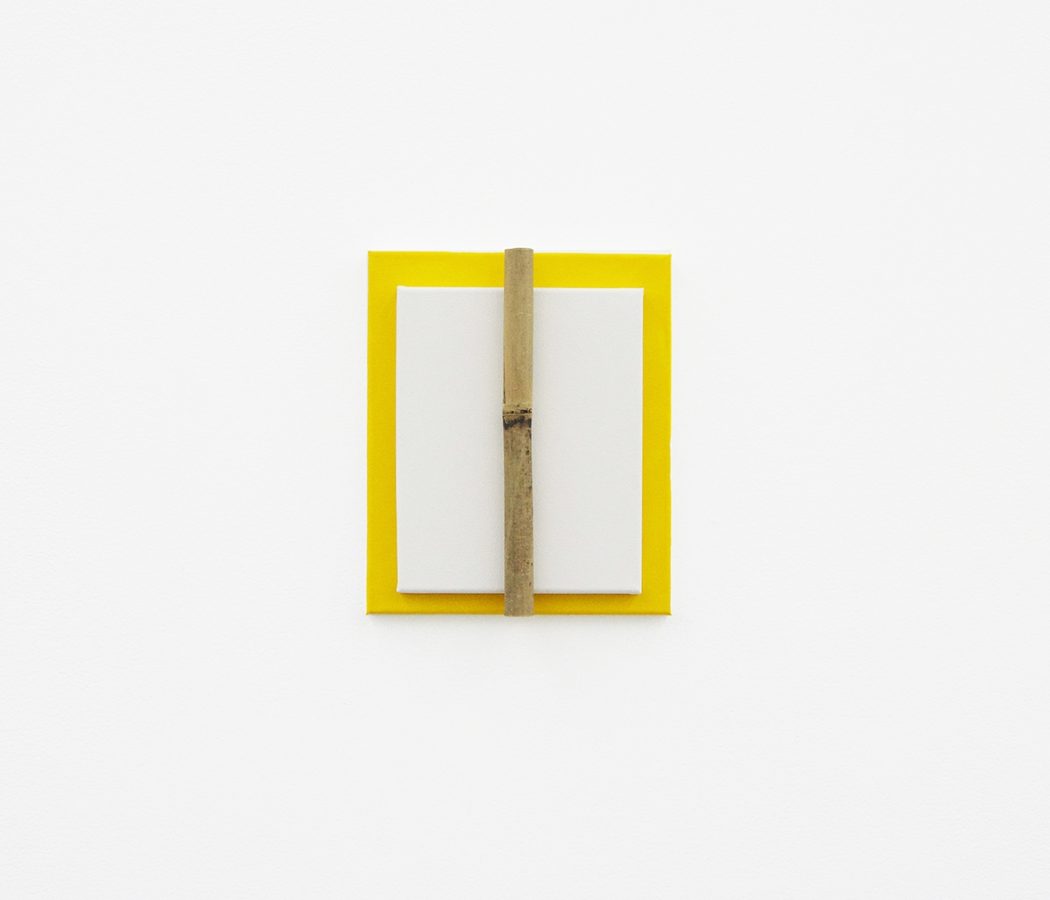
John Nixon
Yellow Monochrome (Japan), 2015
Enamel on canvas with one piece of bamboo
30 x 25 x 5.5 cm

John Nixon
Yellow Monochrome (Japan), 2016
Enamel on textured canvasboard in timber frame
38 x 30 x 2cm

John Nixon
Yellow Monochrome (Japan), 2015
Enamel on canvas with one piece of bamboo
30.5 x 25 x 3.5 cm

John Nixon
Yellow Monochrome (Japan), 2016
Enamel on canvas with textured ceramic tray
25.5 x 21 x 5 cm
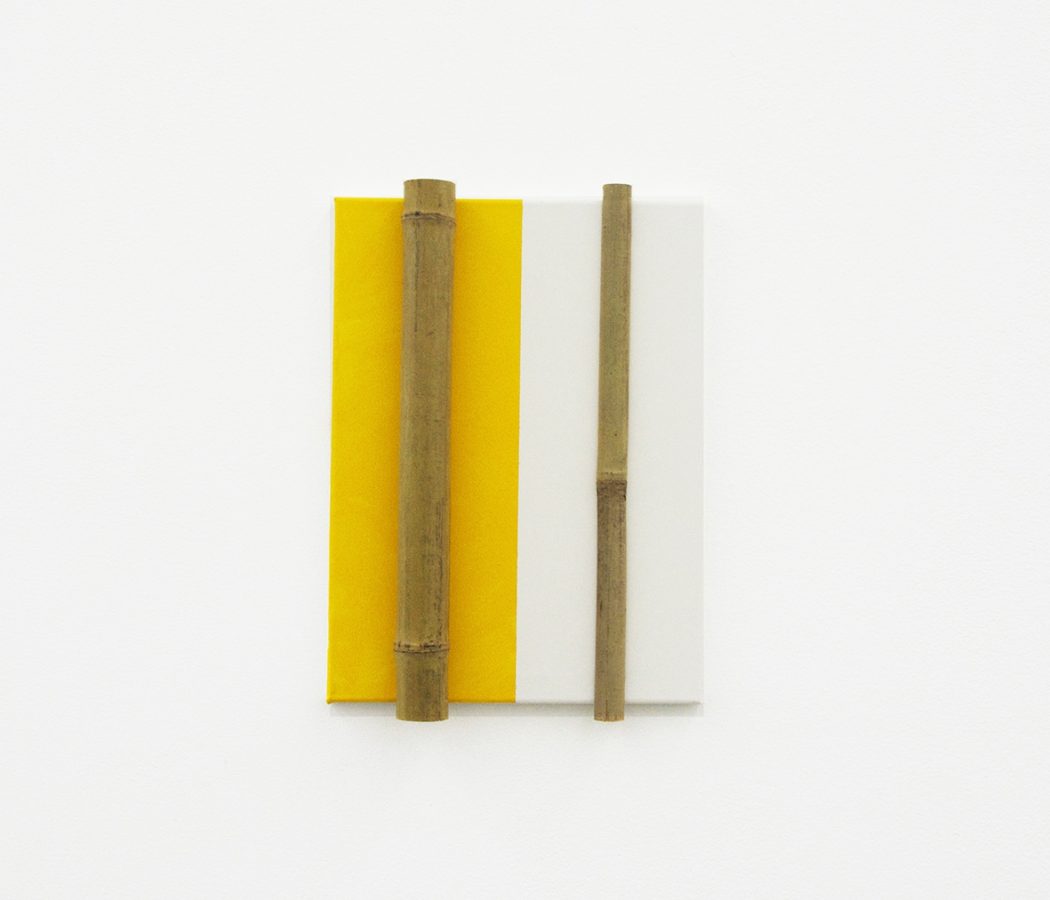
John Nixon
Yellow Monochrome (Japan), 2015
Enamel on canvas with two pieces of bamboo
43 x 30.5 x 6.5 cm

John Nixon
Yellow Monochrome (Japan), 2015
enamel on canvas with one piece of bamboo
60 x 45 x 2.5 cm

John Nixon
Yellow Monochrome (Japan), 2015
enamel on canvas with eight pieces of bamboo
20.5 x 20.5 x 4.5 cm

John Nixon
Yellow Monochrome (Japan), 2015
Enamel on masonite with two pieces of bamboo, one ceramic tile and seventeen coins
38 x 30 x 2 cm
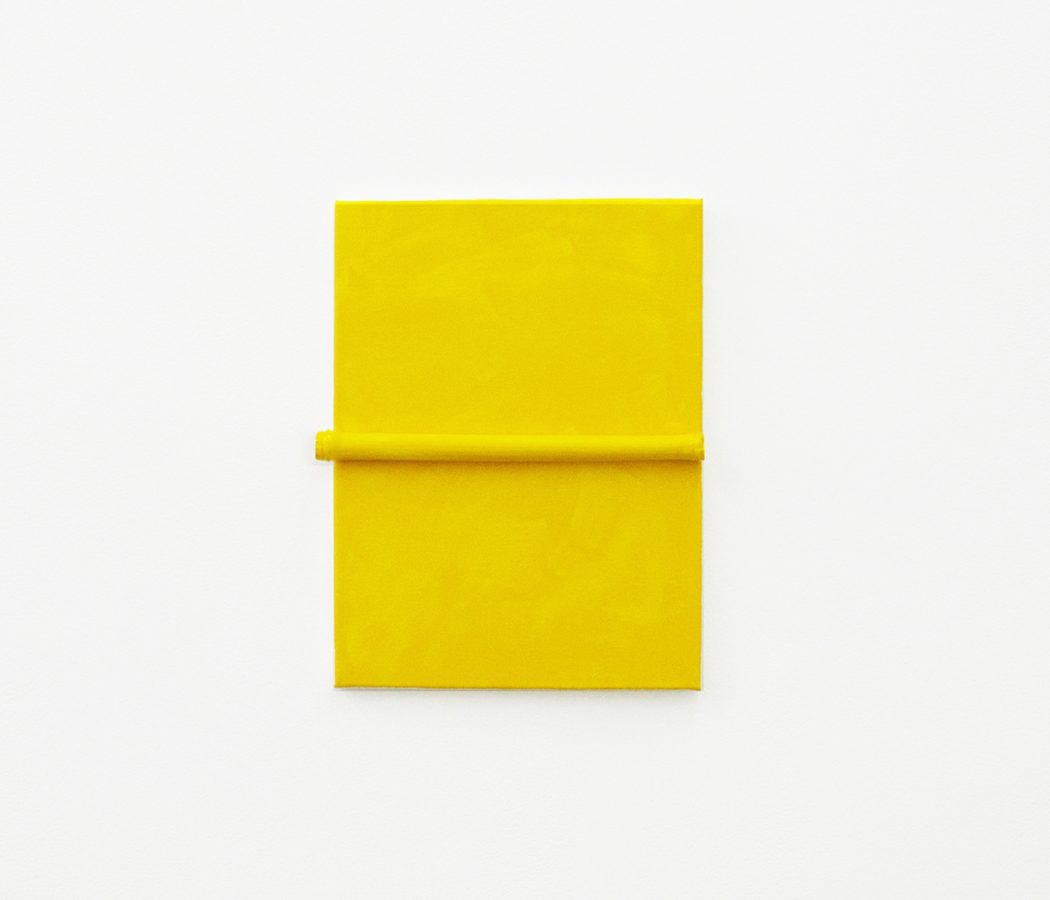
John Nixon
Yellow Monochrome (Japan), 2015
enamel on canvas with once piece of bamboo
40 x 31 x 4.5 cm





